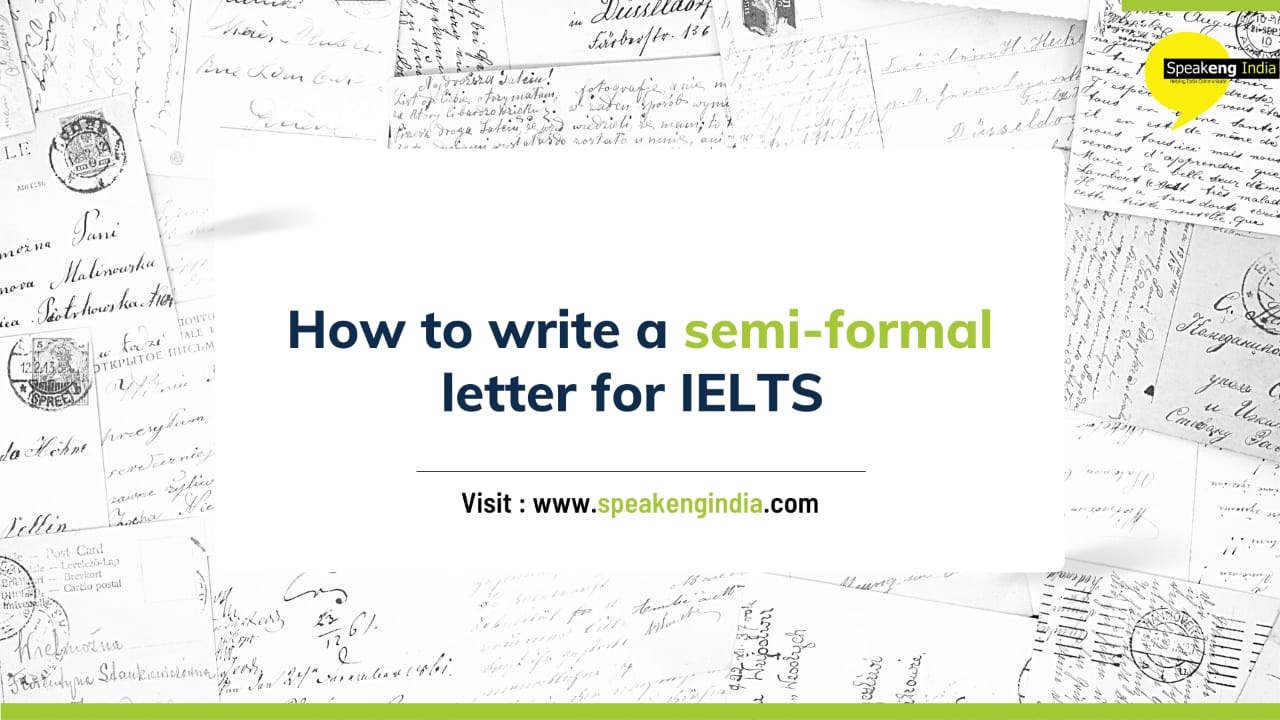You understand about formal letters. These are written to people you do not know, perhaps of an expert nature, or, often, as a letter of complaint or inquiry. Informal letters, in contrast, are to friends. Much of your Task Achievement score depends on the perception of distinction in these kinds of communication. You should strike the right tone, either formal or informal, thru your structures, and, mostly, through the vocabulary you choose. These are letters to acquaintances or people you know, however not very well. So, you do not have to introduce yourself with the aid of name, as you do in formal letters, as this individual already knows you. A desirable instance of this is when writing to a supervisor or work colleague. The topic of the letter will be more on the formal side, however, as it is normally focused on a problem to solve, like a criticism letter of sorts. IELTS will inform you how to commence the letter, by way of writing Dear Mr./Mrs. Surname. You ought to sign off your letter by saying, “Regards”. Do not say “Yours Truly”, as this is too personal. An example of a semi-formal letter question: “You are working on a task with a work colleague. However, you do not think you will end in time to meet the deadline.
In your letter: Describe important points of the project, Say why you cannot meet the deadline, Suggest a new deadline”.
What vocabulary do you need to use in a semi-formal letter? Well, more often than not formal language, with a few idioms thrown in to make the tone less serious.
So, in summation, the sole variations in a semi-formal letter are:
Do not introduce yourself by using a name, as the individual already knows you. Use the main formal language. Use a couple of phrases that are on the informal side.
Join Speakeng today and clear IELTS with ease.




